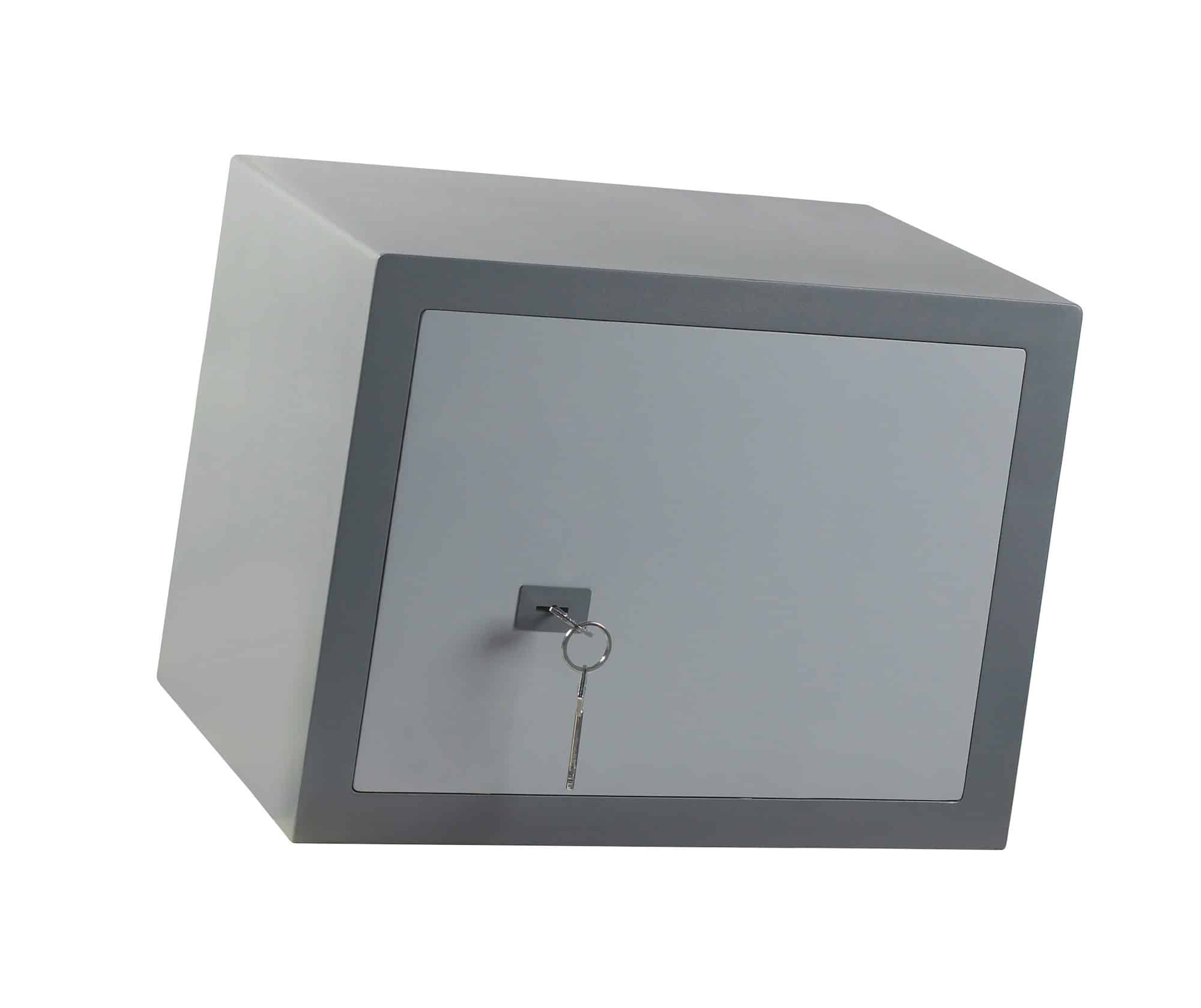How to Design a Compact, Eco-Friendly Wet Room in a Tiny Home?

As the trend towards minimal living continues to grow, more and more people are looking to maximize their space by incorporating functional and stylish design elements into their homes. One such concept gaining popularity is the ‘wet room’, which is essentially a bathroom where the shower is not enclosed by glass or a curtain, and the floor is designed to drain water. Wet rooms not only save space, but also offer a multitude of design options and can be eco-friendly as well. In this guide, you’ll discover how to create a compact, eco-friendly wet room in your tiny home that will not only save space, but also become a highlight of your house’s design.
Planning Your Wet Room Layout
Before you begin designing your wet room, it’s important to understand the essentials. A wet room differs from a traditional bathroom in that it’s completely waterproofed. The shower is usually open to the room, and the floor has a slight gradient to allow water to run off into a drain. Though this might seem a simple concept, designing an effective, functional wet room in a tiny home requires careful planning.
Lire également : How to Design a Custom Walk-In Wardrobe for a Sloped Ceiling Bedroom?
Firstly, consider the placement of your wet room. It should ideally be located in a corner of your home to minimize the spread of moisture to other areas. Additionally, consider the placement of your toilet, sink, and shower within the wet room itself. These should be arranged in a way that optimizes space while making sure that water from the shower doesn’t drench your toilet or sink area. Bear in mind, the closer these amenities are to the shower, the more likely they will get wet.
Choosing The Right Materials
The materials you choose for your wet room will not only impact its aesthetic appeal but also its functionality. To ensure your wet room is waterproof, you need to select materials that are resistant to water and humidity.
En parallèle : What’s the Best Way to Insulate a Converted Loft Playroom for Children?
Tile is a popular choice for wet rooms due to its durability and water resistance. However, not all tiles are created equal. When choosing tiles for your wet room, go for non-porous options like porcelain or glazed ceramic. These types of tiles will not absorb water, making them perfect for the wet environment.
For your walls, consider waterproof wall panels or tiles. If using tiles, make sure the grout is sealed to prevent water from seeping behind the wall.
When it comes to the shower floor, opt for slip-resistant tiles to prevent accidents. Alternatively, you can use a wet room tray, which is a pre-sloped base fitted directly onto the floor. It’s important to remember that your floor needs to be sloped towards the drain to ensure all water is effectively removed.
Incorporating Eco-Friendly Features
Building an eco-friendly wet room means considering the impact of your choices from the materials you use to the fixtures you install. For instance, you could opt for reclaimed or recycled tiles to reduce your environmental footprint.
For fixtures, consider installing a low-flow showerhead and faucet to reduce water usage. These fixtures use less water than standard models but still offer the pressure you need for a satisfying shower or wash. Also, think about using a dual-flush toilet which can further reduce water usage.
In terms of lighting, LED lights are energy-efficient and long-lasting. They can also be dimmed to create a relaxing ambience for your bath or shower.
Another eco-friendly feature you can incorporate is a ventilator. Proper ventilation is crucial in wet rooms to prevent mold and mildew. Opt for an energy-efficient ventilator to maintain good air quality without consuming too much energy.
Navigating the Challenges of a Small Space
Designing a wet room in a small or tiny home can present unique challenges. But with a bit of creativity and careful planning, you can tackle these head-on.
Using glass panels or doors can make your wet room feel more open and spacious. If your space is really tight, forgo a swinging door for a sliding one to save space. Alternatively, consider a curbless shower which saves on space and creates a seamless look.
When it comes to storage, think vertically. Add shelves or wall-mounted cabinets to store your toiletries and essentials. A wall-mounted sink and toilet can also save floor space and create a cleaner, more streamlined look.
Adding a Touch of Luxury
Just because your wet room is small doesn’t mean it can’t be luxurious. Invest in a high-quality shower system for a spa-like experience. Consider underfloor heating for a warm and cozy feel, especially during the colder months. Heated towel racks can also add a touch of luxury and comfort.
In terms of design, give your wet room a sense of character by using bold tiles or a statement wall. Backlit mirrors or stylish light fixtures can also add drama and personality to your space.
Remember, designing a wet room in your tiny home is not just about function. It’s also an opportunity to express your personal style and create a space that you will truly love and enjoy.
Integrating a Composting Toilet
Adding a composting toilet is an innovative idea that can make your wet room even more eco-friendly. Unlike traditional toilets, composting models convert human waste into compost, eliminating the need for a septic or sewage system. Moreover, they use little to no water, which is a significant advantage in a tiny home, especially for those who may live off-grid.
Firstly, the design of a composting toilet needs to be integrated into the layout of your wet room thoughtfully. You’ll need to ensure there is adequate space between your composting toilet and the shower area to keep it dry. However, if designed correctly – with the use of smart, space-saving solutions, such as a sliding door or a movable partition – it can be an excellent addition to your wet room.
Also, venting for a composting toilet is crucial. Good ventilation can help manage odors and speed up the composting process. You can help facilitate this with an energy-efficient ventilator, as mentioned earlier.
Finally, it’s important to understand the maintenance required to keep a composting toilet working effectively. This usually involves regularly emptying the compost and cleaning the unit. This process, though may seem a bit of a hassle, is straightforward and an excellent step towards an eco-friendly lifestyle.
Conclusion: Merging Functionality and Style in Your Wet Room Design
Designing a compact, eco-friendly wet room in a tiny home is an exciting yet challenging task. The whole idea is to make efficient use of space, but not at the expense of comfort or style. By applying the tips outlined in this guide, you can create a space that is not just functional but also visually appealing.
Start by carefully planning your layout. The location of your wet room and the placement of the shower, sink, and toilet within the room play a crucial role in the functionality of the space. The choice of materials is critical too. Opt for durable, water-resistant materials like ceramic tile, and consider reclaimed or recycled options for an eco-friendly touch.
Including features like a low-flow showerhead or faucet, a dual-flush toilet, LED lights, and energy-efficient ventilators can help you reduce your environmental footprint. If you’re up for it, consider installing a composting toilet, an innovative element that takes your wet room to another level of eco-friendliness.
To make the most of your limited space, think creatively. Use glass panels or doors to give an illusion of space, and use vertical storage solutions. Adding luxurious elements like a top-notch shower system, underfloor heating, heated towel racks, and bold design elements can transform your wet room from merely functional to absolutely stunning.
In sum, a well-designed wet room in a tiny home can be both a space-saving solution and a personal sanctuary, reflecting your unique style while keeping sustainability in mind.
